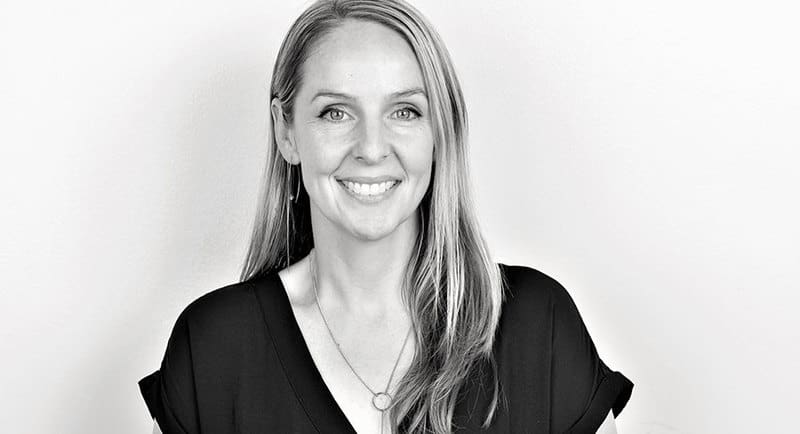IAB Australia has appointed Ipsos as the industry’s exclusive and preferred supplier for the planning, buying, and reporting of digital audience measurement data in Australia. The appointment is for a three-year term commencing in Q2 2022 with the launch of Ipsos iris.
See more: IAB Australia and Ipsos explain new audience measurement deal
Mediaweek spoke with Amelia Ward, the head of digital, Sydney for PHD on how this change will affect the media industry.
How has this decision to change to Ipsos affected the agency world?
We need a solution that is future ready. The Ipsos solution has a real future focus to it, with a single view of the audience and deduplicated reach. I think from an agency perspective it’s going to be a really valuable audience measurement solution, and especially for access to de-duplicated cross-device reach.
What was your initial reaction?
I’m on the IAB measurement council, so I’ve been behind the scenes for a while now and have seen how the current solution has been tracking. It’s an interesting position to be in because I’m on both the MFA interactive task force, and the IAB measurement council, so I’ve had two views. I’ve been able to see it from both sides, knowing what the industry needs and knowing what agencies want.
How did you feel now about the end result?
I feel really positive. I have been able to have a play with the UK interface as well, which has been interesting. I’ve got a positive view of what’s going to come in this new currency, and especially with the integration of all the different data sources and hybrid panel.
How do you think Australia will be positioned globally after using Ipsos Iris?
Globally, we are obviously a smaller market. I think sometimes it’s a blessing and a curse. You can either be the guinea pigs who test everything out, or sometimes you’re the poor cousin who gets the second option. We’ve always sat in the middle somewhere.
Being in the middle of the pack, I think we had a solution that worked really well, and we’ve obviously had a really long relationship with Nielsen in this market – both officially and unofficially. They’ve done a great job getting us to where we are today. But looking to the future, we will hopefully become one of the leading markets in terms of measurement capability, and especially utilising something that’s being rolled out and tested in the UK as we speak. It’s great to know that we are following in their footsteps.
How do you think this affects the long term future of media agencies in Australia?
I don’t think it’s going to make some huge dramatic change to the way we do things. I think having an industry currency, or an industry metric, is something that you always need. We all need to be playing on the same field when we’re looking at different media partners and making selections from a digital planning perspective.
Being able to look at that deduplicated cross-device is something that we’ve been missing to date, and that’s becoming more and more prevalent. I think that having an identity solution that measures multiple devices in one panel will play a really big part in how we plan digital for the future, and give us that deduplicated view, which is something that we’ve wanted. That has always been the holy grail for digital.
What are some other key aspects of Ipsos Iris that will impact the industry?
It’s a mobile first solution, and that makes a lot of sense when you’re thinking about how people consume media these days, especially thinking about how many people have mobile phones and how many devices are in a household.
If you think about recent lockdowns and how many devices are potentially in households. Families had to go out and buy laptops and iPads for their children to make sure that everybody had access to home learning opportunities. Having that mobile-first solution will help us to understand total device usage in a household, which should be really interesting.
Another thing to think about is the cookieless future. Measurement moving forward will be modelled. With Ipsos, they have really strong data science support, so that will be key for understanding how to model audience volumes, cross device usage and measurement.
